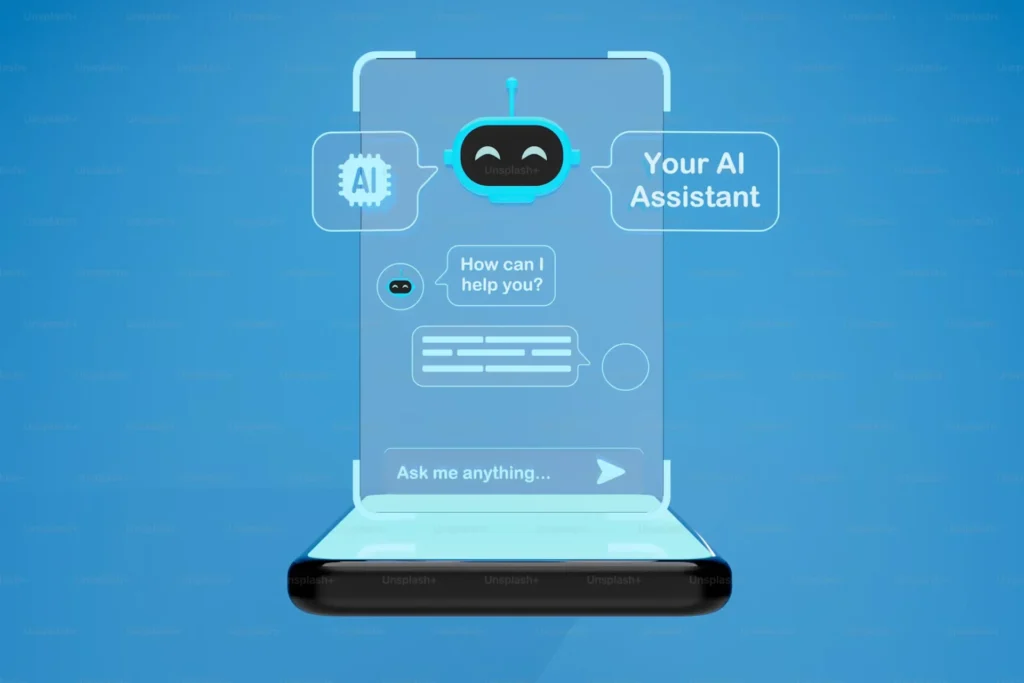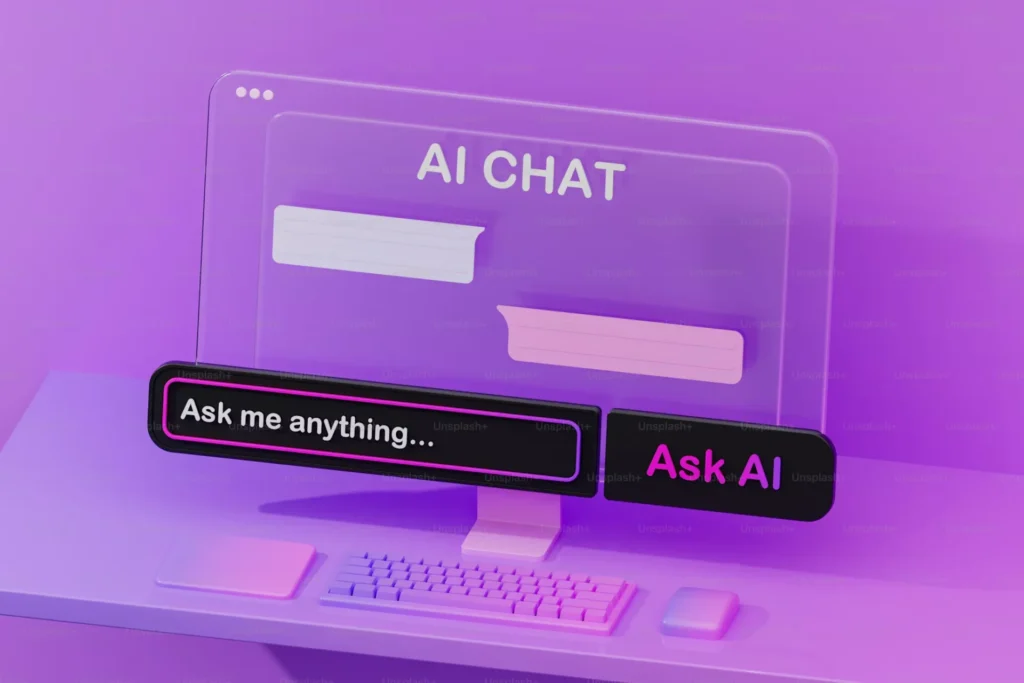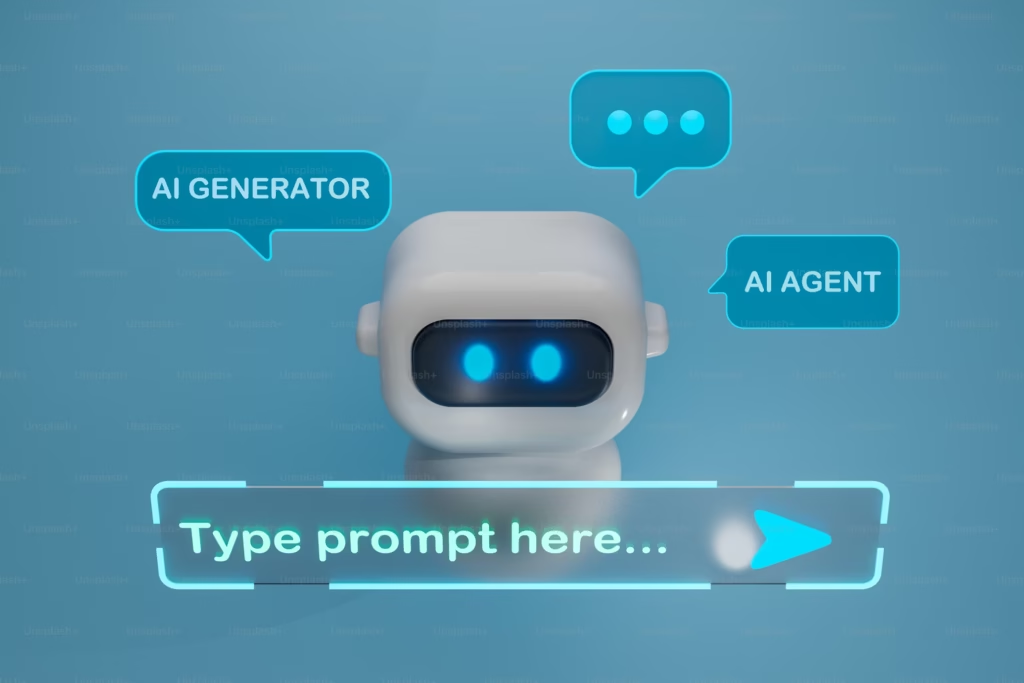Disclaimer: This article provides general information about Artificial Intelligence chatbots and compliance and should not be considered as legal advice. Please consult with a legal expert to assure compliance with applicable regulations.
AI Chatbot compliance is crucial as Artificial Intelligence chatbots scale operations faster than humans. Customer service and AI work in tandem. Technology can manage thousands of queries, providing immediate responses and freeing up human agents for other tasks. However, rapid scaling is characterized by significant risks, especially in terms of compliance. Without strict controls, AI can inadvertently compromise industry regulations, resulting in both serious legal and financial consequences.
Compliance should not be an afterthought; it should be embedded in the design phase from the outset to minimize these risks effectively. By integrating compliance measures from the beginning, firms can guarantee that their automated support systems not only improve customer experience but also adhere to regulatory norms. This approach not only protects the organization from potential penalties but also builds trust with customers.
What Compliance Actually Means in Customer Support Automation
Client service and AI tend to focus on well-known regulations, such as GDPR or HIPAA, but AI compliance chatbot in customer support automation is much deeper than data privacy. It includes a range of regulatory frameworks that vary by business and area.

Regulatory Frameworks That Matter Most
● GDPR, HIPAA, CCPA, PCI-DSS: These are the primary industry-specific regulations. GDPR and CCPA concentrate on data protection, HIPAA on health information, and PCI-DSS on payment card data.
● Sector-specific rules: Diverse sectors have their own specific regulations, for example, FINRA for finance and COPPA for child data.
Key Concepts AI Chatbots Must Oversee Safely
● Data minimization: Gather only the data that is important for a task at hand.
● Consent logging: Make sure that consent is stored and time-stamped.
● Right to be forgotten: Introduce mechanisms for deletion upon request, including bot history.
Where AI Chatbots Go Wrong: Common Compliance Pitfalls

Despite the best intentions, customer service and AI can often fail to meet compliance requirements. Some pitfalls are provided below:
● Storing personal data without encryption: It exposes sensitive data to potential concerns.
● Generating personalized responses using unauthorized data: It can cause privacy issues.
● Lack of audit trails for automated interactions: Without proper logging, it is complicated to track and check chatbot activities.
● Training chatbots on live conversation data without anonymization: The practice can negatively affect one’s privacy.
● Failure to trigger escalation for high-risk conversations: Contacts involving financial or health disclosures ought to be escalated to human agents.
Designing AI Chatbots with Compliance Built-In
Compliance should be an integral element of AI-Powered chatbot design, not something postponed. To achieve this, firms should focus on several key areas. First, data flow mapping is crucial. This involves listing what information is gathered, how it is processed, and where it is located. By aligning Client assistance and AI flows with data classification, firms can guarantee that their data management practices meet AI compliance chatbot standards.

Next, role-based AI training is essential for ensuring compliance in Artificial Intelligence chatbots. Introducing permissions on who can access chat histories and pseudonymizing data before model retraining helps protect user identities and guarantees that only authorized personnel handle sensitive data. Additionally, automated redaction and filtering enhance AI-Powered chatbot compliance. Masking sensitive inputs, such as IDs and card numbers, and utilizing natural language processing (NLP) to suppress output containing protected data are effective strategies for maintaining compliance in Intelligent chatbots.
Conversational Design That Supports Regulatory Guardrails
Good user experience (UX) supports strong compliance, and integrating Intelligent chatbots into the support process can deliver measurable economic benefits for customer service operations. Crafting processes that steer users and bots away from risky contacts is essential. One practical approach is to specify data use at the input stage. The system should inform users about how their data will be used. For example, customer service might say, “Before we continue, here’s how we’ll use your data…” Lastly, incorporating opt-in buttons for location access or profile lookups guarantees that people actively consent to data usage.
Guiding escalations smartly is a critical part, and Co Support AI can assist you with planning this process correctly. Design fallback triggers for regulatory-sensitive terms to escalate conversations about high-risk topics to human agents. It guarantees that complex or sensitive parts are managed appropriately and in compliance with laws.
Auditing and Monitoring: Staying Compliant Over Time
Compliance should be permanent. Regular audits maintain adherence to laws. Firms should establish a routine for reviewing diverse aspects of their Client assistance and digital operations. For example, conversation logs ought to be checked weekly to verify any sensitive data exposure. Consent capture mechanisms, such as opt-in records and timestamps, ought to be reviewed monthly to guarantee they are functioning correctly. Lastly, the accuracy of escalations should be checked quarterly.
Creating a comprehensive AI-Powered chatbot compliance audit checklist streamlines the process. Key elements to include are chatbot version history, the sources of model training datasets, changes to response scripts, and NLP failure rates, involving personal identifiable information (PII) or regulatory terms. Constant audits identify and rectify compliance problems, ensuring that a chatbot is aligned with industry regulations.
Partnering with Legal and Compliance from Day One
AI-Powered Chatbot compliance must be integrated into the development process, not being a final QA step. Having compliance teams in prompt crafting helps chatbot prompts adhere to legal standards from the outset. Introducing red flags for escalation logic with legal teams identifies high-risk triggers early in the development process.
Having legal customer assistance and AI training, especially for third-party integrations, is necessary to guarantee that the data used complies with relevant laws. Maintaining a shared changelog among product, legal, and support teams fosters collaboration and assures that all changes are documented and reviewed for compliance. The proactive approach prevents compliance concerns and guarantees that a chatbot operates within legal boundaries.
Compliance Is Not a Blocker. It is a Blueprint
It is not about limiting innovations and new developments. It is about allowing everything to scale safely. By introducing an AI compliance Chatbot into the design and operation of AI systems, firms can meet both customer needs and legal obligations. Done right, an AI compliance Chatbot becomes a cornerstone of trust and reliability, rather than just a checkbox to tick. With a proper structure, AI virtual assistants can enhance customer support while adhering to industry regulations, building a stronger, more trustworthy brand.












